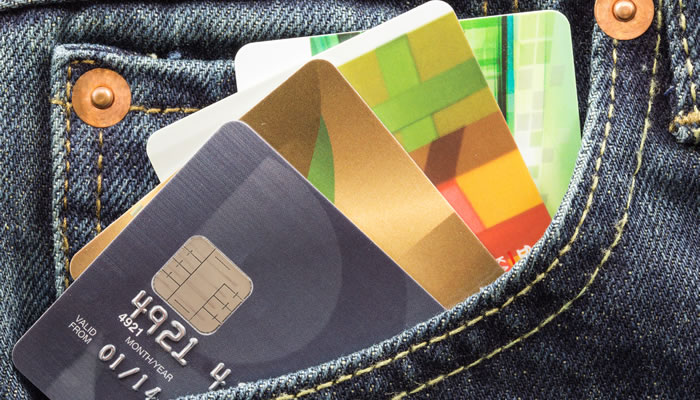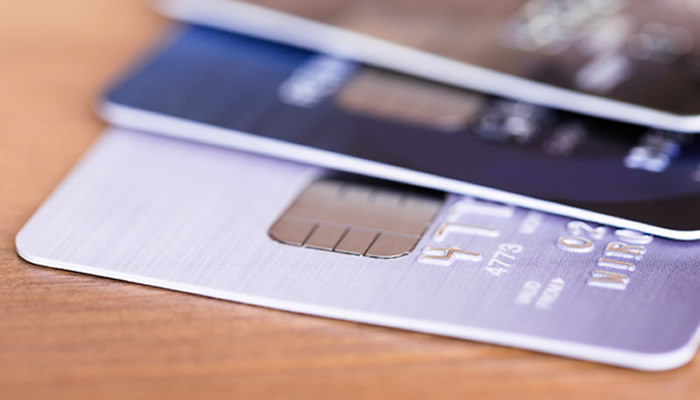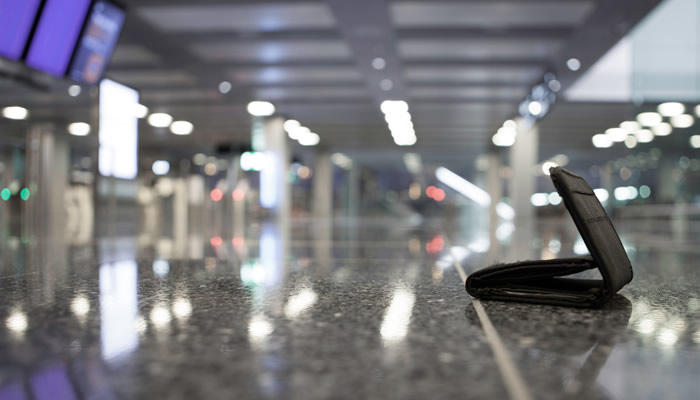Alternatives to Using Your Credit Card in an Emergency
Are you financially prepared for an emergency? Here’s something that may surprise you – over half of Canadians have less than $10,000 set aside for emergencies, according to a survey by BMO. It’s difficult to save for an emergency when you’re struggling to make ends meet – nearly one-quarter (23 percent) of respondents said they were living paycheque to paycheque.

It’s important to have money put aside for a rainy day. Whether you lose your job, get sick, or your home has a leaky roof, you’re bound to run into a financial emergency eventually. A lot of Canadians consider their credit card their emergency fund – although your credit card can help with your short-term cash flow needs, if you’re not able to pay off your balance in full by the end of the grace period, you could find yourself paying interest at 19.99% or higher.
Although some credit cards offer balance transfers at low introductory rates, you can quickly find yourself in trouble if you can’t repay your balance in full when the offer period expires. Outside payday loans, your credit card is most likely the most expensive type of debt out there.
To avoid relying on your credit card in an emergency, it’s important to plan ahead. Here are three less costly alternatives to using your credit card in an emergency.
High Interest Savings Account
Unless you have high-interest debt, it makes sense to have an emergency fund you can tap into in an emergency. A high interest savings account fits the bill – it’s easily accessible and allows your money to grow until you need it. You can usually transfer the funds to your chequing account in only two to three business days.
If you still have contribution room, your Tax Free Savings Account (TFSA) can be an ideal place to sock away your money for a rainy day. If you’re at least 18 years old and have a social insurance number (SIN), you’re eligible to open a TFSA. You can contribute up to $5,500 annually; your contributions are protected from the taxman and grow tax-free.
How much you should you save in your emergency fund? Although each individual’s financial situation is different, a good rule of thumb is three to six months’ living expenses. Those carrying a balance on their credit card should concentrate on paying down their high-interest down, but it’s still a good idea to put some money aside for an emergency.
Line of Credit
Saving three to six months’ living expenses can seem daunting for those on a tight budget. If you aren’t able earmark that much money right now for an emergency fund, a line of credit can be a good interim solution. Today you can get an unsecured line of credit for around 10 per cent – a lot less costly than most credit card debt.
It’s a good idea to set up a line of credit ahead of time, so it’s there when you need it. If you run into an emergency, the funds can easily be transferred to your chequing account. Best of all, you only pay interest on the amount you withdraw. For example, if you have line of credit with a credit limit of $10,000 and you withdraw $5,000, you’ll only pay interest on the $5,000 until it’s repaid.
Home Equity Line of Credit (HELOC)
Home prices have been skyrocketing across Canada. The average price of a detached home was up a robust 13% to $965,000 year-over-year in April 2014. If you’re a homeowner, you can set up a HELOC (Home Equity Line of Credit) with your financial institution at a much lower interest rate than an unsecured line of credit.
A HELOC is a revolving line of credit backed by your most valuable asset, your home. You can unlock up to 65% of your home’s value in an emergency. Similar to a line of credit, the interest rate on your HELOC fluctuates with Prime Rate. Today you can get a HELOC for as low as Prime Rate plus 0.5% – at today’s Prime Rate of 3%, you’d pay only 3.5%.
The Bottom Line
As you can see, there are plenty of alternatives to using your credit card in an emergency. Although your credit card can help you out of a financial bind, if you plan ahead there are less costly alternatives that can help you repay your debt sooner and save thousands in interest. If you’ll be able to pay off your balance in full before your grace period ends, it makes sense to use your credit card; otherwise, you should consider the above alternative solutions.




